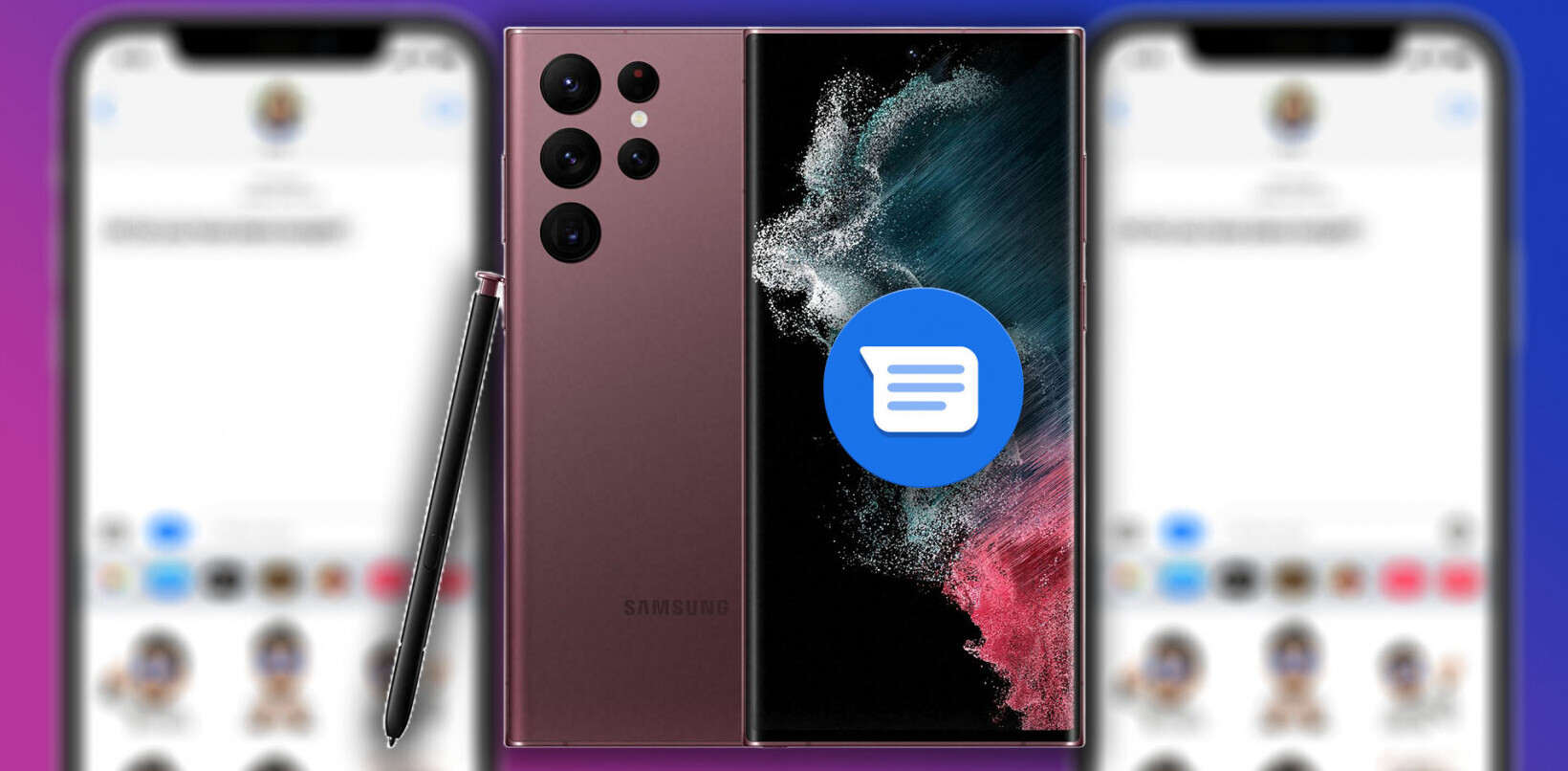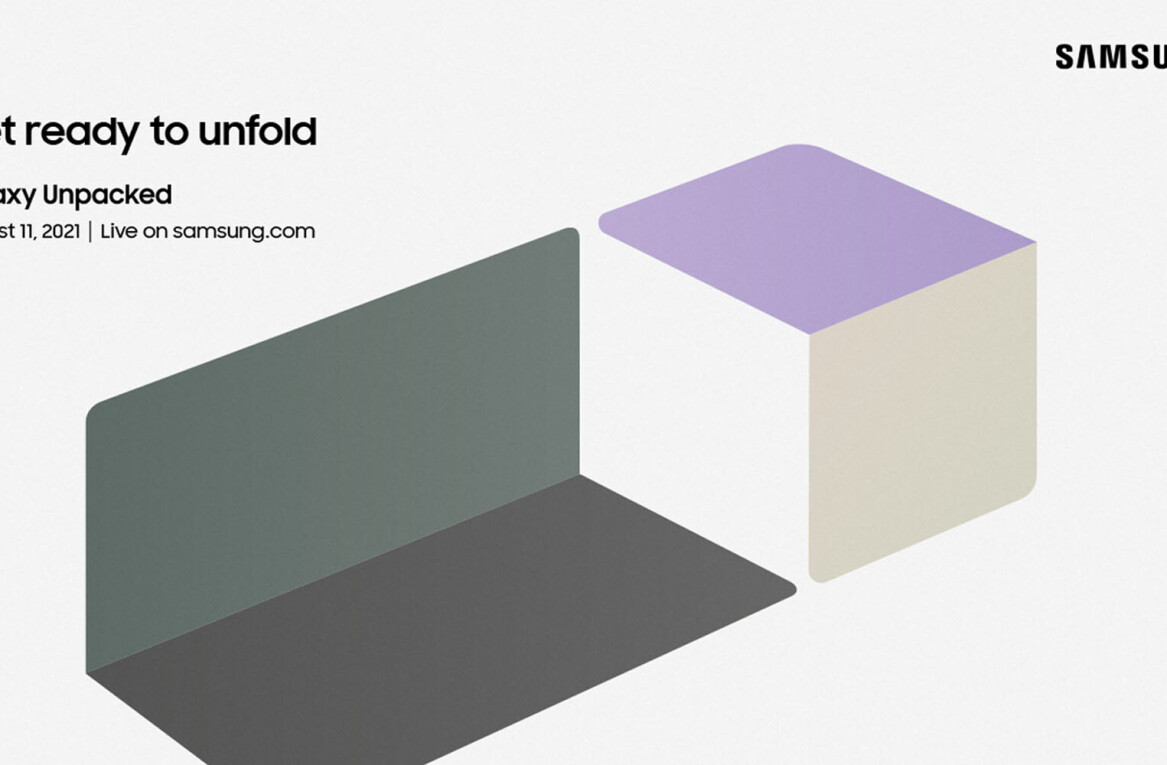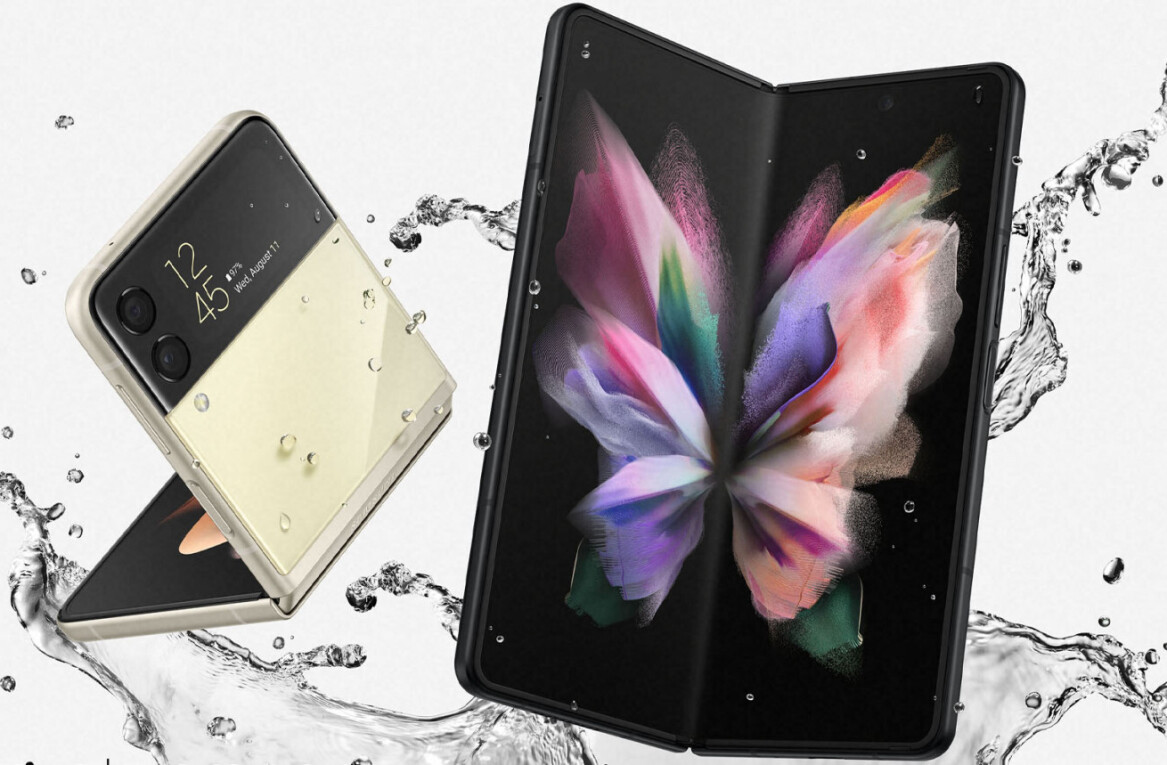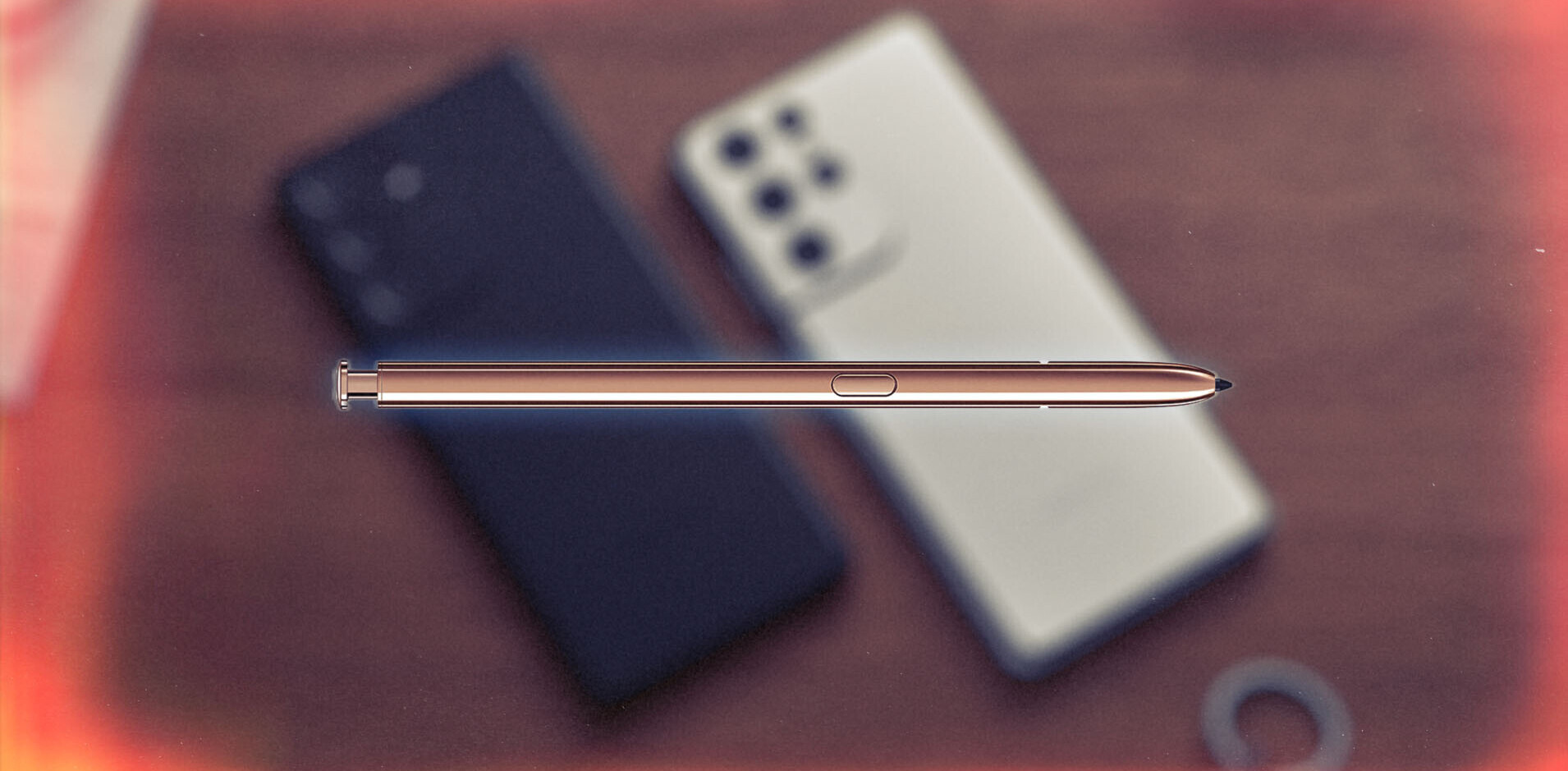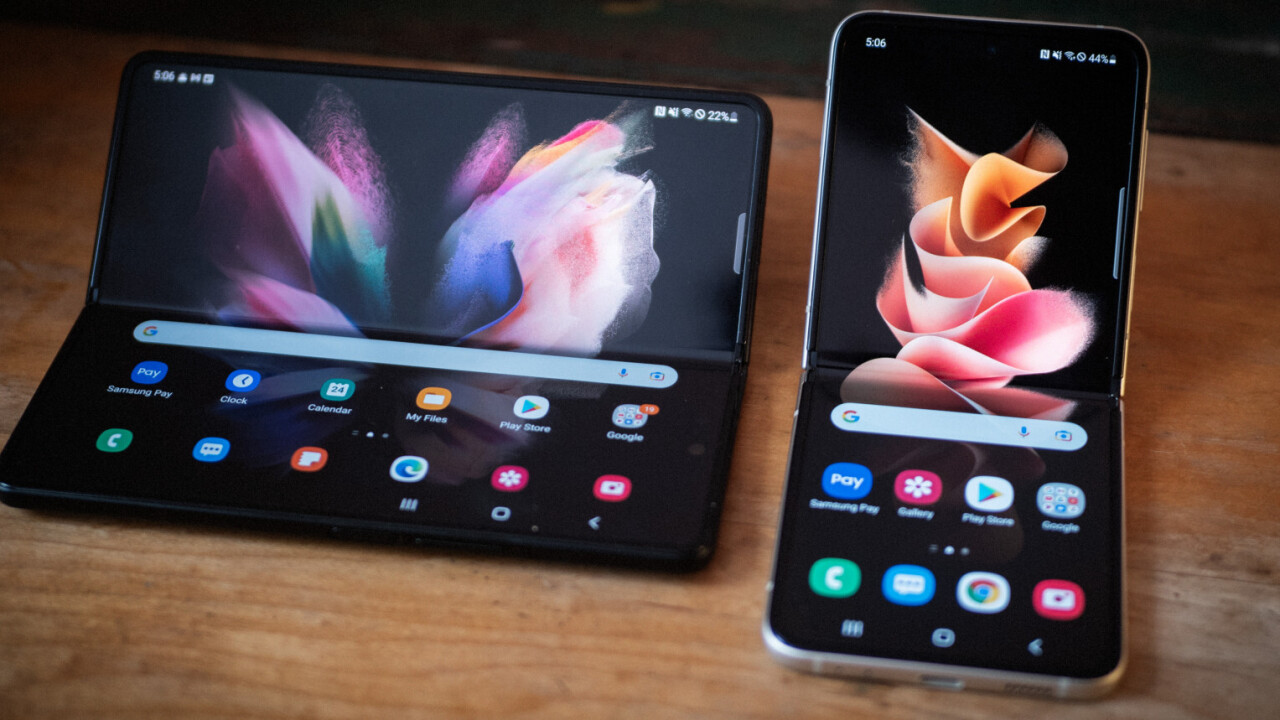
Phone manufacturers spent most of the 2010s shrinking bezels and seeing how large a design they could get away with. Eventually, pretty much every phone on the market was just one big screen housed in a metal and glass chassis. Phones couldn’t get any larger without looking absurd. There was pretty much nowhere left to go.
And so, the folding phone was born.
The advent of folding displays has opened the door to all sorts of new form factors, but so far the market seems to have settled on the two designs offered by Samsung: roughly regular-sized phones that unfold into little tablets, a la Galaxy Fold, and compact clamshell phones that unfold into a regular-sized screen, like the Galaxy Flip.
After living with both of Samsung’s most recent folding phones for a few months (provided by AT&T for testing) I’ve come to an important conclusion: I absolutely love the Galaxy Fold’s design, but I just can’t recommend the Flip to most people.
Sold on the Fold
The Galaxy Z Fold 3’s appeal is quite simple, really: this type of folding design adds tremendous functionality and versatility.
You get a screen nearly the size of an iPad Mini in a phone that fits in your pocket. It’s a size that’s genuinely useful for taking notes, reading books, watching videos… or even doing those things all at once.
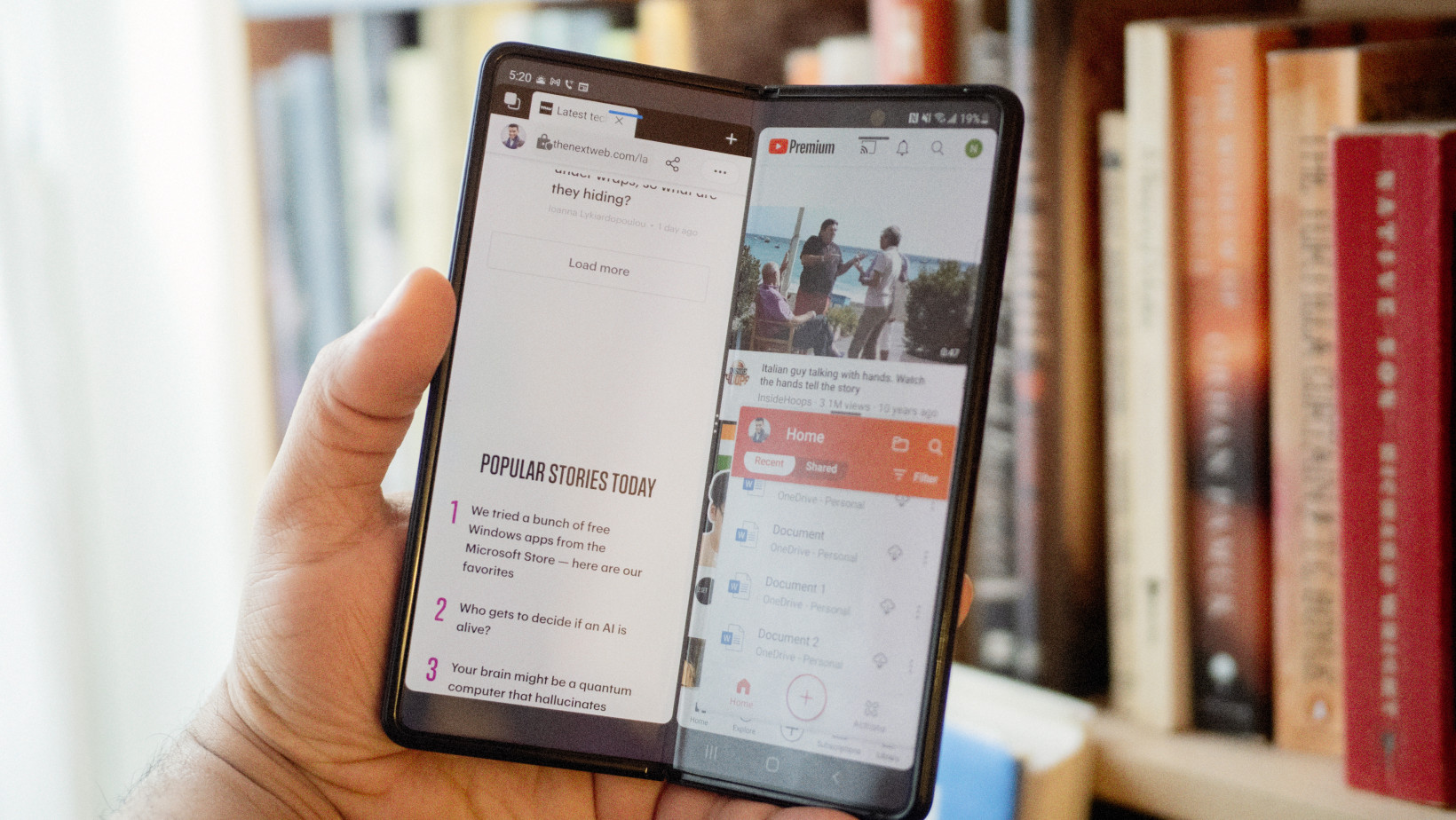
Granted, it’s super expensive, at $1,800, but can usually be found for far less — and it feels like you’re getting your money’s worth. Using the Galaxy Fold or one of its copycats — perhaps it’s time to bring back the term ‘’phablet” for this particular category — is pretty much a productivity and entertainment revolution for someone like me, who actually tries to get work done on his phone.
It blurs the line between what a phone and a laptop can do, and in my case, at least, it’s more useful than a typical tablet simply because I can carry it around anywhere. To paraphrase an old photography idiom, the best tablet is the one you have with you.
At this point, I’m just waiting for phones that can pull off even wilder origami to hit the market, so I can fit an even larger screen into a small footprint. In the meantime, the Galaxy Fold is one of the most satisfying phones I’ve ever had the pleasure of using.
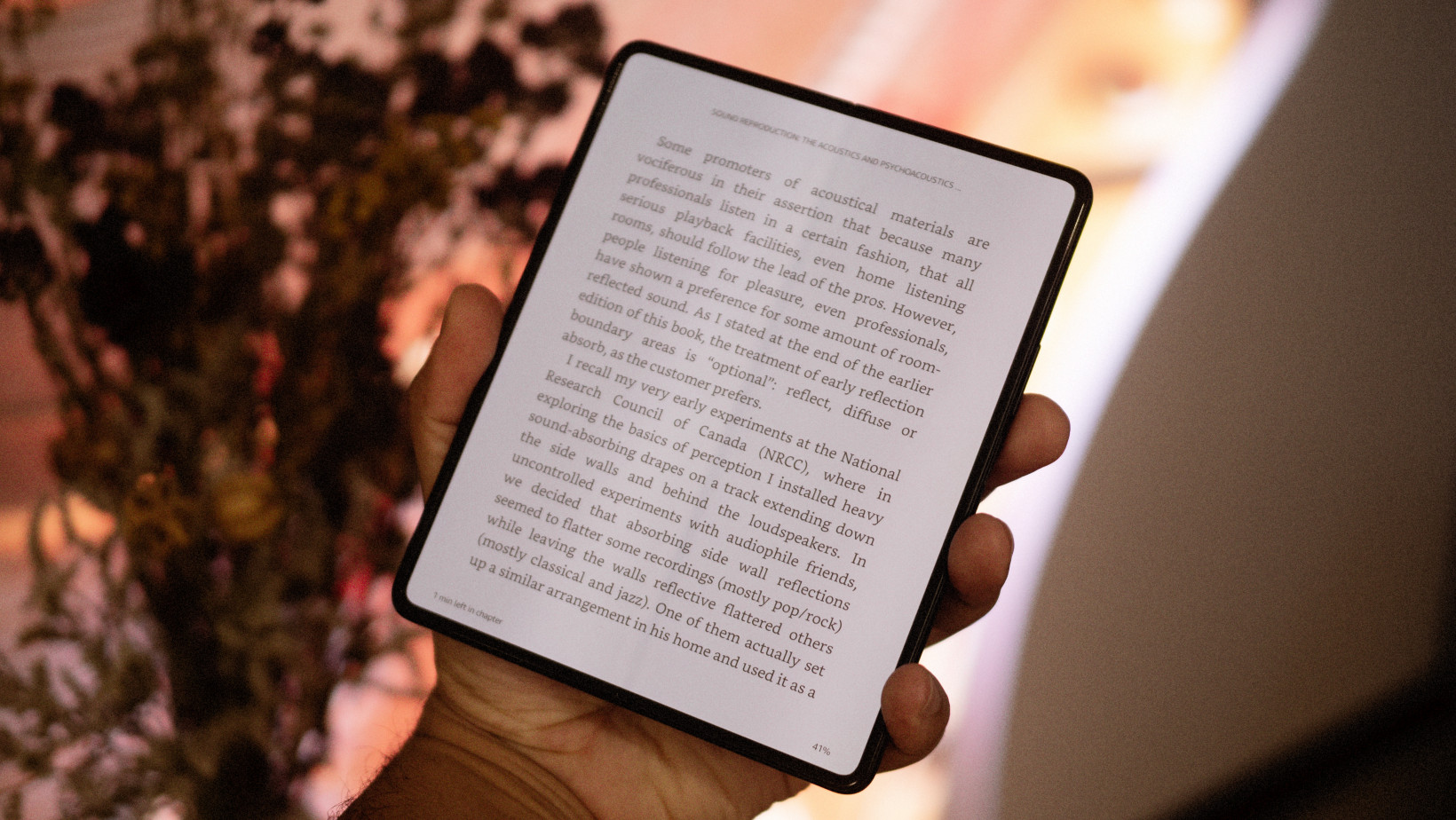
In case you’re wondering about that fragile screen, by the way; to my surprise, it’s been a non-issue. With regular use, the interior screen has fewer blemishes than my Pixel 6 Pro (or the Fold’s own exterior screen for that matter), simply by virtue of being less exposed to the elements.
Skip the Flip
My experience using the Galaxy Z Flip 3 started off great. It folds in half too, just smaller! I expected to recommend the Flip more than the Fold because of its lower price tag ($999), but in the long run, it basically feels like you’re paying a premium and sacrificing functionality for little more than a neat party trick.
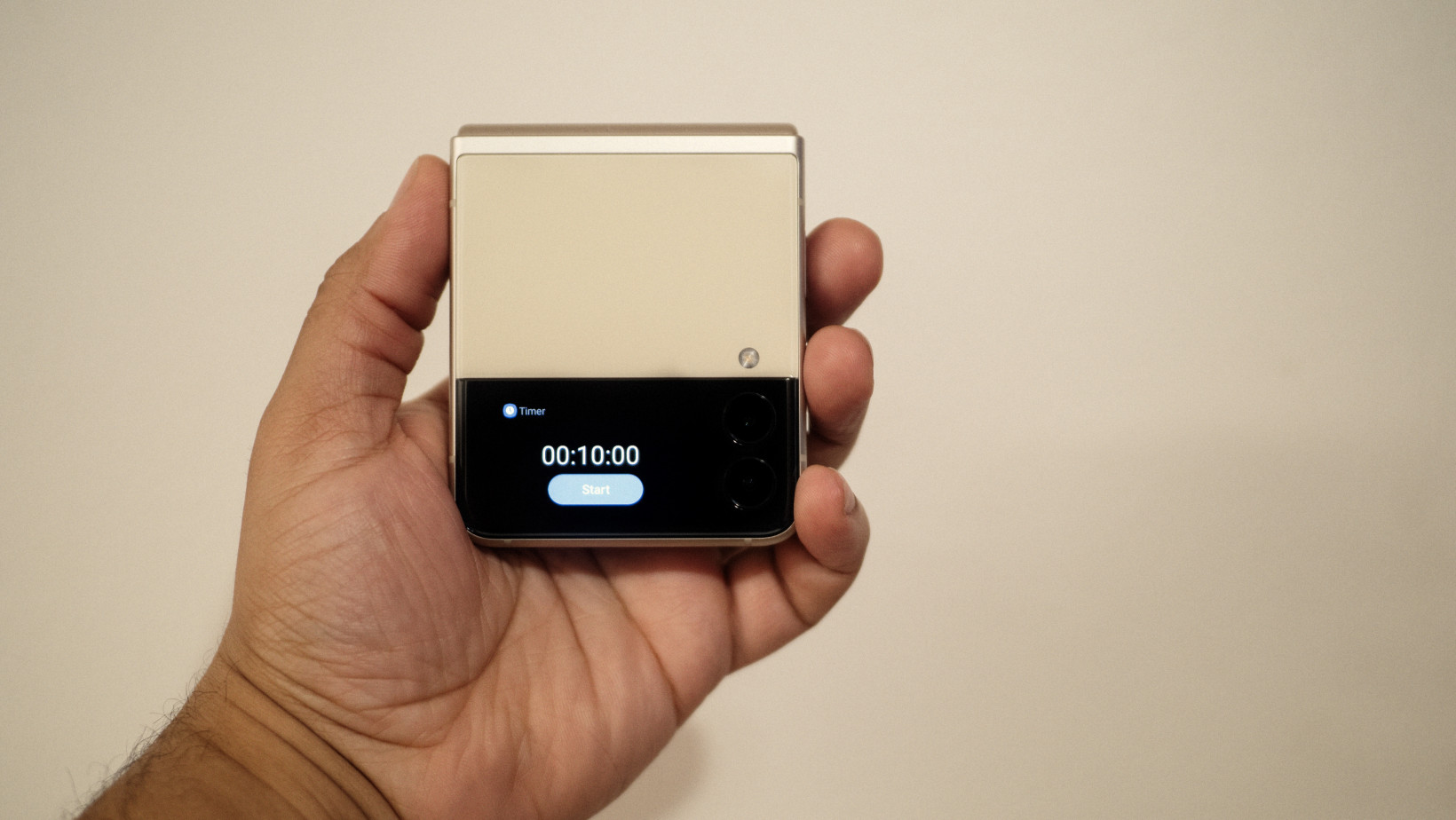
I so wanted to love this phone. It looks so cool. Opening and closing the clamshell design is utterly satisfying. It tickles nostalgia from days of phones like the Moto RAZR (which has been revived as its own Flip-style phone). People will ask you questions about it, and there’s absolutely nothing wrong with simply wanting a phone that just looks nice either.
But if you buy a phone like the Galaxy Flip, you have to be ready to accept that it can do very little that your current phone can’t already do. And in some important regards — battery life in particular, but also overall durability, camera quality, and features — it’s almost certainly going to be straight-up worse than a comparable slab-type phone. You’re always going to lose real estate for components and battery capacity in order to fit that folding mechanism.
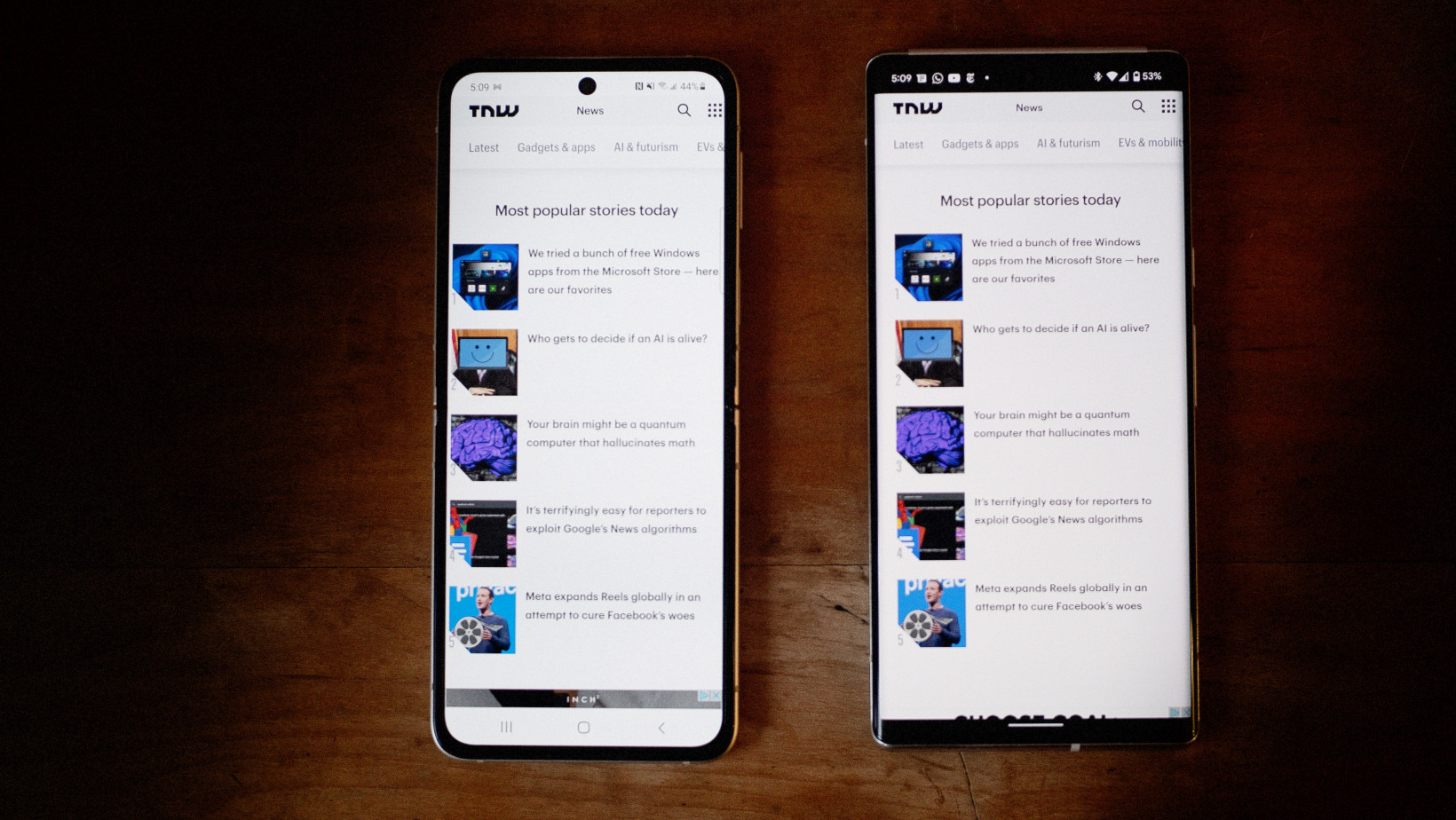
As cool as the clamshell design is, the novelty does eventually wear off. Once that happens, all you’ll care about is how good the phone actually is.
Don’t get me wrong; the Flip 3 isn’t a bad phone by any means, but I just found the initial hype didn’t pay off in long-term value. Other than fitting slightly more comfortably in my pocket (it’s still very thick once folded), I eventually felt myself longing for a regular phone. The battery life on the Flip isn’t terrible, but it’s noticeably short by modern flagship standards, and it’s only gotten worse with time.

Yes, the Galaxy Fold is much more expensive than the Flip, and it’s pretty remarkable Samsung was able to bring the Flip’s price down to just shy of a grand. The Flip 3’s attractive design and accessible (by usual flagship phone standards) price worked out for Samsung, helping convert buyers using phones from other companies.
But if price or compactness isn’t your primary consideration, I suggest you consider the folding phone that actually brings new functionality to the table. The novelty wears off on the Flip, but it never does with the Fold.
Get the TNW newsletter
Get the most important tech news in your inbox each week.
